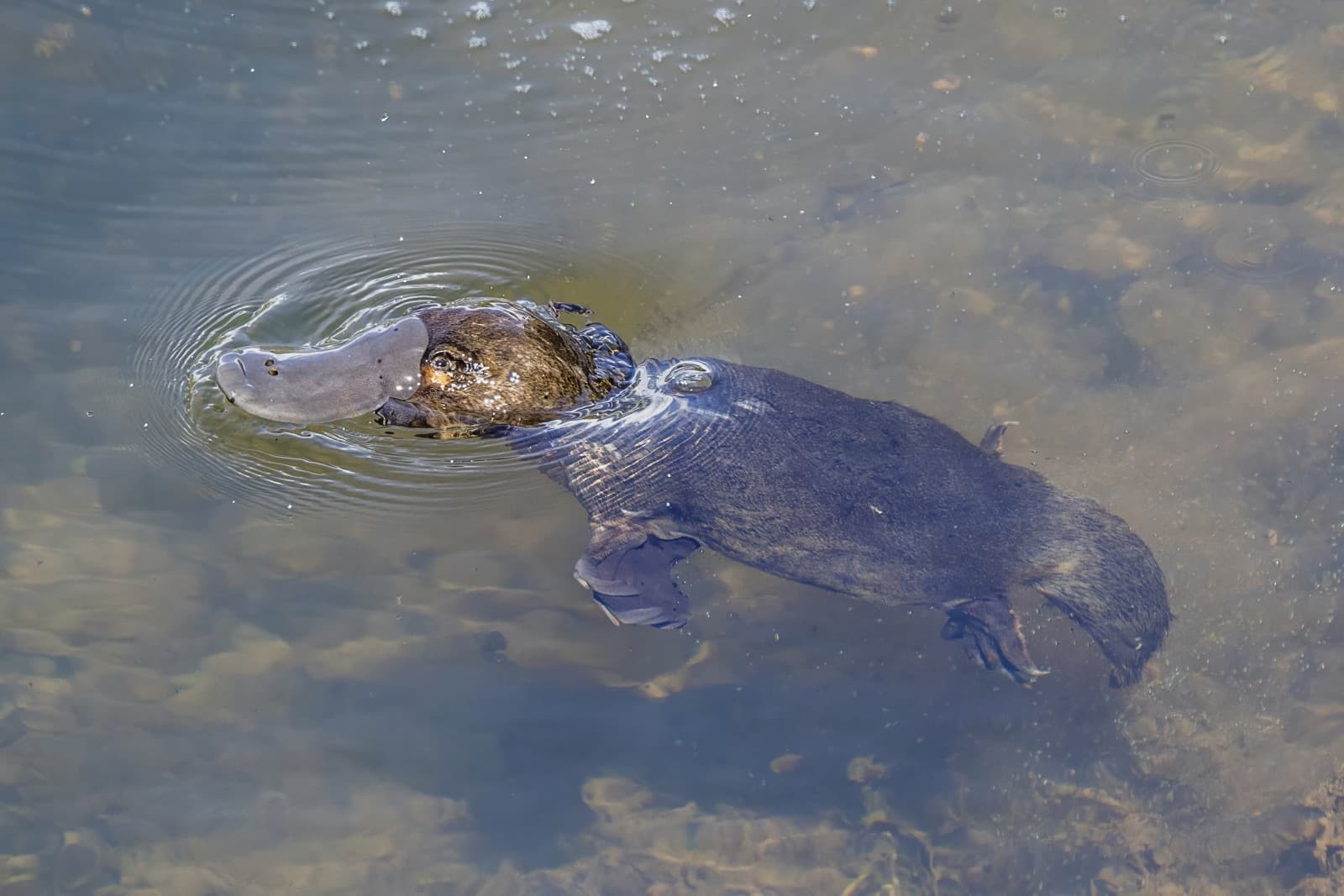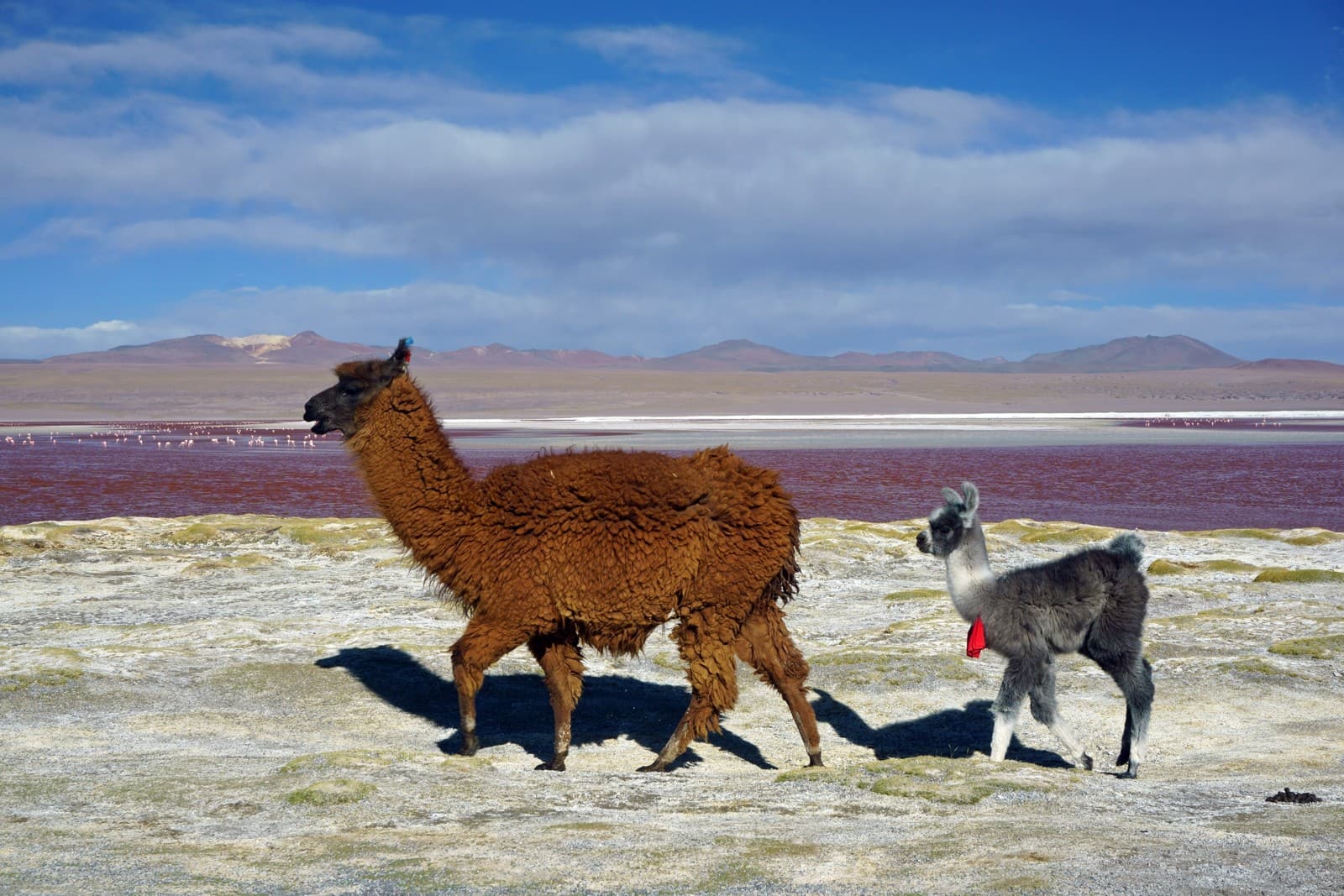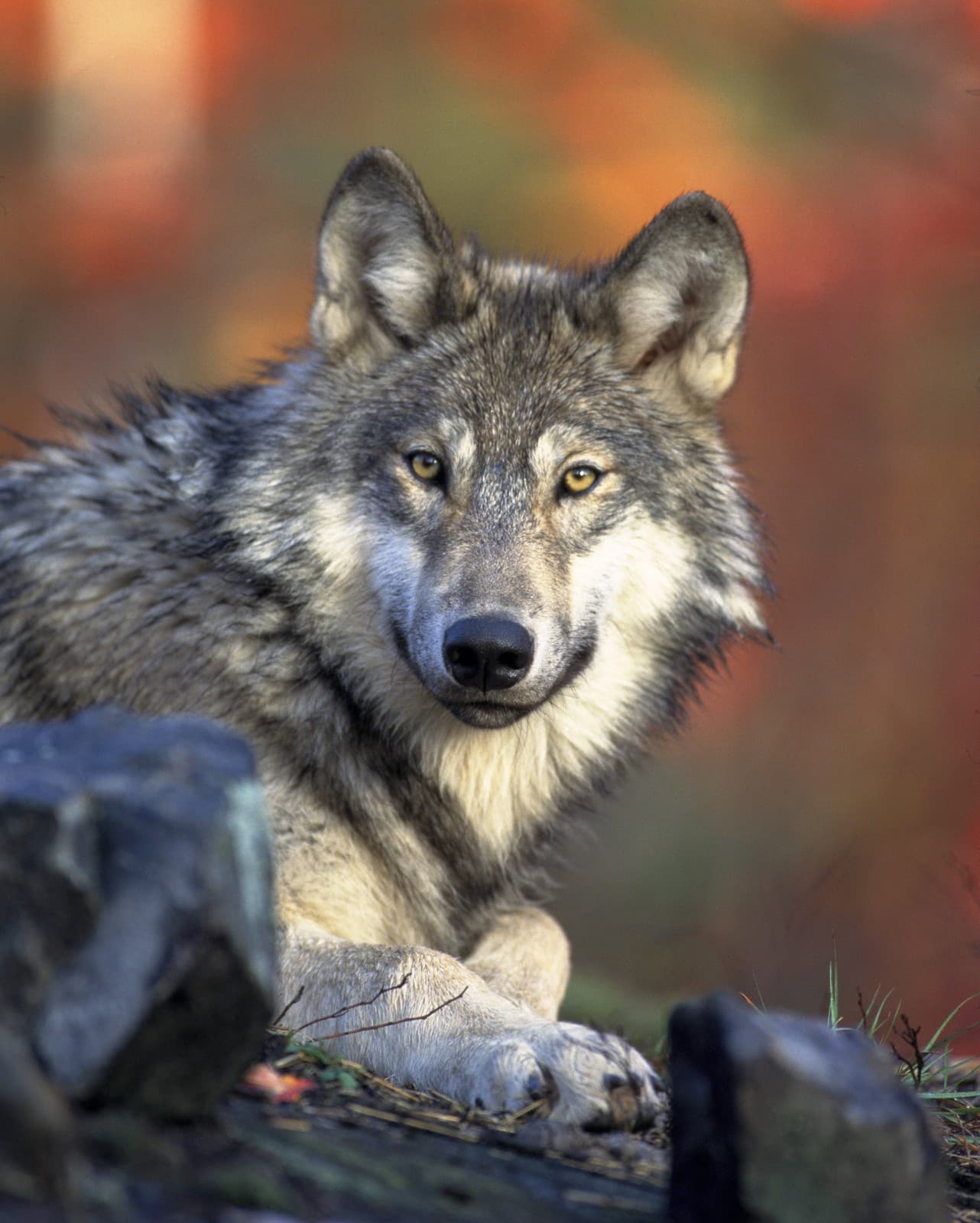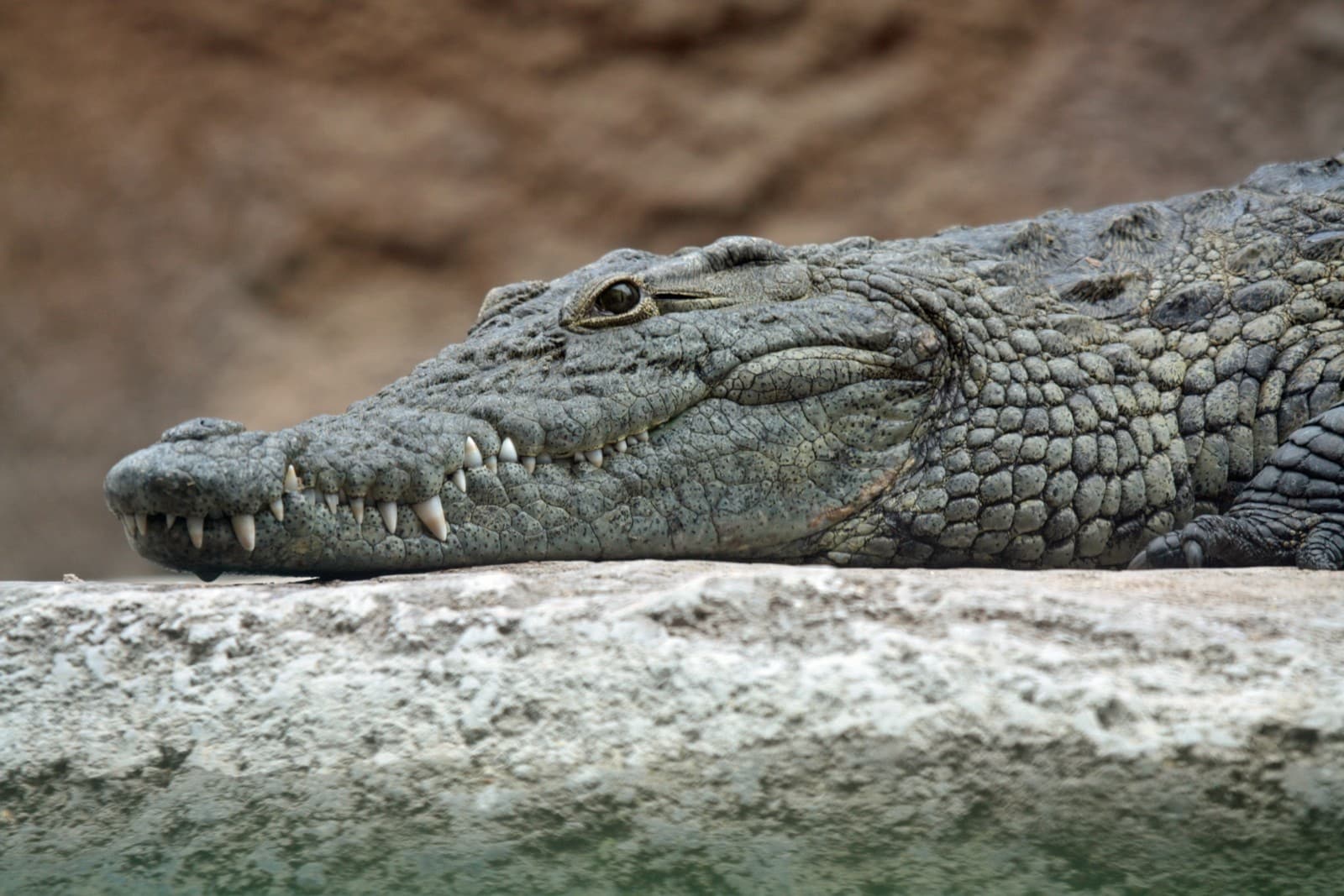Hippo vs Rhino: A Complete Comparison
In the realm of African megafauna, few comparisons capture the imagination quite like hippo vs rhino. These prehistoric-looking giants, while often confused by casual observers, are remarkably different creatures. Hippopotamuses can reach weights of 3,300 pounds (1,500 kg), while white rhinoceros tip the scales at up to 5,100 pounds (2,300 kg). Despite their size difference, hippos are responsible for more human fatalities in Africa annually than rhinos, making them arguably the more dangerous of these impressive mammals.
The distinction between hippos and rhinos extends far beyond their appearance. While rhinos are equipped with thick armor-like skin and impressive horns, hippos boast the strongest bite force of any land mammal at 1,800 PSI. Both species play crucial roles in their ecosystems, but their evolutionary paths have led to vastly different adaptations and behaviors.
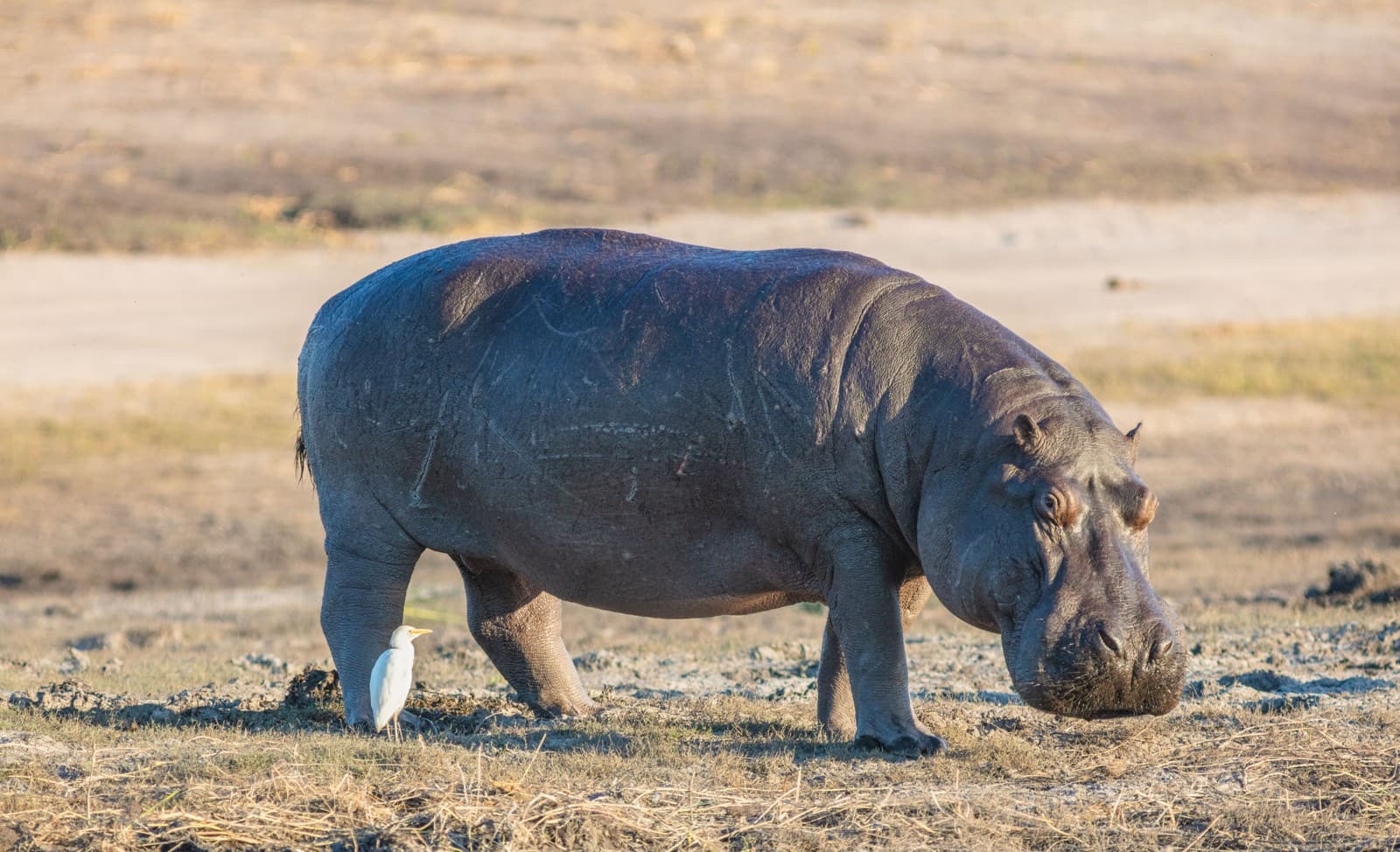
© Diego Delso / CC BY-SA 4.0
The common hippopotamus demonstrates its massive bulk while grazing, a behavior that typically occurs at night. Their semi-aquatic lifestyle is evident in their smooth, hairless skin that requires regular moisture to prevent dehydration.
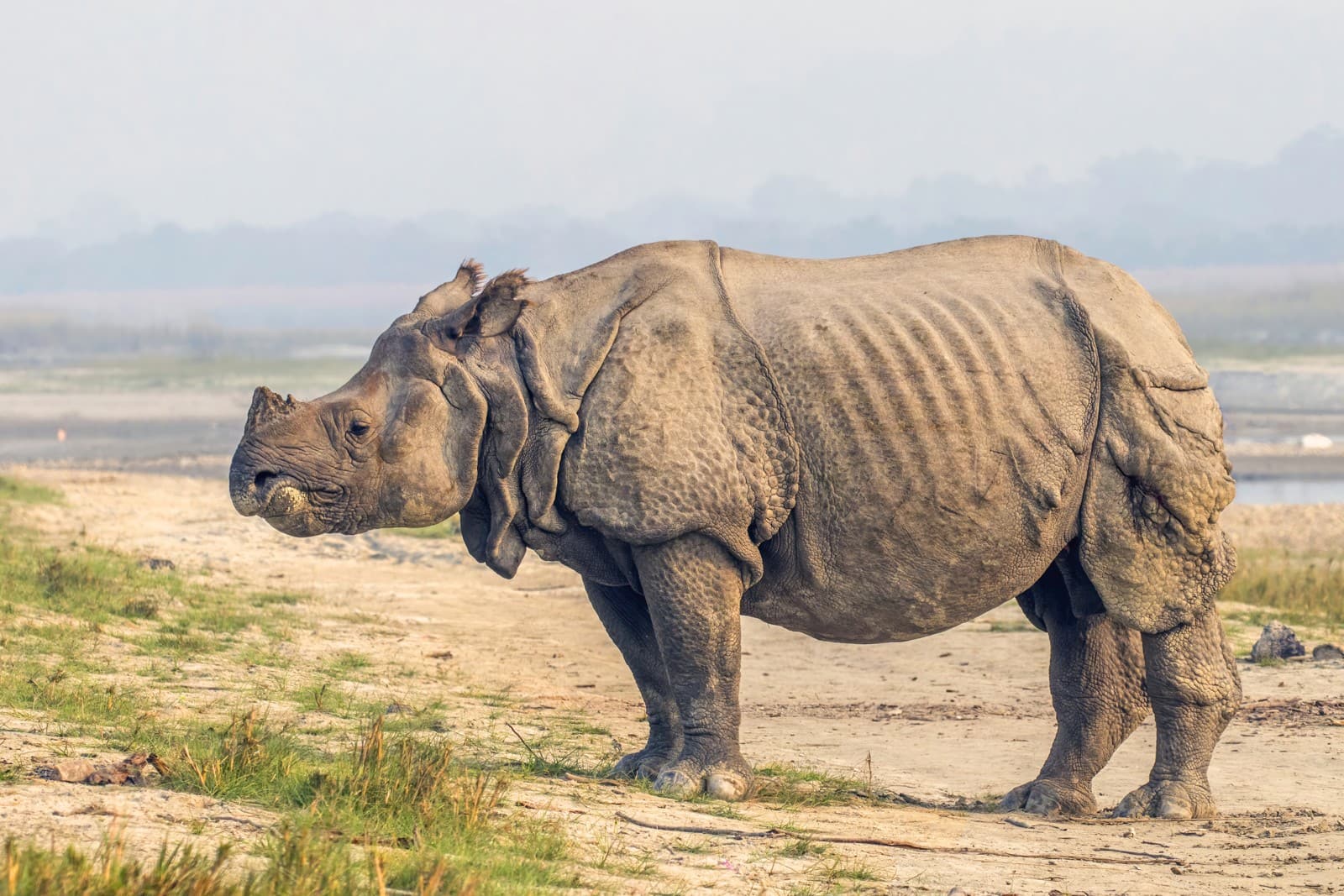
© Charles J. Sharp / CC BY-SA 4.0
The greater one-horned rhinoceros showcases its distinctive armor-like hide and impressive horn. Unlike hippos, rhinos have evolved thick, folded skin that serves as natural armor against predators and rivals.
Key Differences: Hippo vs Rhino Comparison
| Feature | Hippo | Rhino |
|---|---|---|
| Weight | Up to 3,300 lbs (1,500 kg) | Up to 5,100 lbs (2,300 kg) |
| Speed | 19 mph (30 km/h) | 31 mph (50 km/h) |
| Bite Force | 1,800 PSI | 1,100 PSI |
| Habitat | Semi-aquatic, rivers & lakes | Grasslands & savannas |
| Diet | Herbivorous (grass) | Herbivorous (leaves, fruits, grass) |
| Lifespan | 40-50 years | 35-50 years |
Habitat and Behavior
While both species are native to Africa (with some rhino species in Asia), their preferred habitats differ significantly. Hippos are semi-aquatic, spending up to 16 hours daily submerged in water to protect their sensitive skin from sun exposure. Rhinos, conversely, are purely terrestrial, adapted to both grasslands and forests depending on the species.
Defense Mechanisms and Aggression
Hippos rely on their enormous canine teeth and aggressive territorial behavior for defense. Their bite force of 1,800 PSI easily surpasses that of any other land mammal. Rhinos, meanwhile, depend on their horns and thick skin for protection, charging potential threats at speeds up to 31 mph (50 km/h).
Who Would Win in a Confrontation?
While such encounters are rare in nature, analyzing physical capabilities suggests the outcome would depend largely on the environment. In water, hippos have a clear advantage due to their aquatic agility and superior bite force. On land, a rhino’s greater speed, weight, and horned charge could prove decisive. However, both species typically avoid confrontation with each other in the wild.
Conservation Status and Threats
Both animals face significant challenges from habitat loss and poaching. All five rhino species are threatened, with three classified as critically endangered. While hippos are classified as vulnerable, their population faces increasing pressure from habitat destruction and hunting for their teeth, which are sometimes used as an ivory substitute.
Interesting Facts and Adaptations
- Hippos secrete a red substance that acts as natural sunscreen and antiseptic
- Rhino horns are made of keratin, the same material as human fingernails
- Hippos can hold their breath underwater for up to 5 minutes
- Baby rhinos can run within hours of birth
- Both species are surprisingly agile despite their massive size
Impact on Local Ecosystems
Both species are considered “ecosystem engineers.” Hippos create channels in waterways that benefit other species and fertilize aquatic systems with their dung. Rhinos maintain grasslands through grazing and create pathways used by other animals. Their distinct roles highlight why conservation of both species is crucial for maintaining healthy African ecosystems.


